Mohandas Karamchand Gandhi is 'Most talked About Man in the World' as per the September 20, 1931 headline of Burlington Hawk-Eye US based newspaper. Even today his experiments and words are relevant to the whole world. However, everyone have different reservations about him, few good, and few bad. Dr. Abhay Bang has a varied perspective on the beliefs of Gandhi. At an event, in his speech he brought to light - why Mahatma Gandhi was not anti-science, infact he himself was a science. On the Birthday of Bapu, Kartavya Sadhana is publishing Dr. Bang's Speech delivered for Frontiers of Humanity’ lecture series under the ‘Gandhi, Science’ lecture series at Indian Academy of Sciences. The speech is converted into article form and divided into three parts. The article brings in a different outlook towards the life of Mahatma Gandhi. This is part one.
Let's start at the editorial office of The Time magazine in New York. It is December of the year 1999, the end of the 20th century. Time magazine wants to select the Person of the 20th Century. A large number of names have been suggested and the popular choice boils down to two names, Albert Einstein and Mahatma Gandhi. The editors have a dilemma. Finally, the editors select Einstein as the person of the 20th century. Science and a scientist triumphed over Gandhi but in popularity. And that was the judgment in the 20th century. Today, in the 21st century, we need to re-examine the relationship between science and Gandhi once again and come to our judgment. I am not at all, going to talk about the work that I do or I did because this particular topic is even more fascinating than talking about my own work.
I have framed six questions for this exploration.
Six Questions about Gandhi and Science
- Was Gandhi anti-science?
- How did he relate to science?
- How was he different?
- What was the science underlying his nonviolence?
- What was Gandhi’s non-material method of knowing the truth?
- How is Gandhi relevant in the 21st Century? Relevant to us?
We shall start with the allegation against Gandhi, that he was anti-science, shall explore his relationship with science, but more in-depth shall explore what were his methods. And finally, how is he relevant to us today, if at all.
I must begin with a confession. I was born in a Gandhian family, grew up in Mahatma Gandhi's ashram. I studied in the very school that he had started. At the age of 18, I started studying medicine, then public health, and for the past 35 years I'm doing medical and public health research. For nearly 50 years, since I was first introduced to science, I have had a chequered relationship with Mahatma Gandhi on the question of science. I have felt embarrassed by his views, I have felt confused, I have felt angry. I have had, mentally, series of arguments with him on the issue of science. I have had disagreements with him. And I'm happy to tell you, that finally, every time, I have lost and he has won! I propose today to share with you this 50 years struggle with Gandhi and my journey to explore Gandhi and science. I also must acknowledge that I will heavily draw upon what Mahatma Gandhi has written and from his life, from several biographers who have written beautifully, from his foremost disciple and the exponent of his thoughts - Vinoba Bhave. I shall liberally make use of one beautiful article which Shambu Prasad wrote in the Economic and Political Weekly, nearly 20 years ago, and finally, my own experiences and experiments in life.
Was Gandhi anti-science?
So the first question. Was Gandhi anti-science?
Jawaharlal Nehru, Rabindranath Tagore, people who were so close to him, and even the people in the West, like Aldous Huxley, have accused Gandhi to be anti-science. The architect of India's national science policy, Dr. Meghnad Saha, look, what does he say about Gandhi - “We do not for a moment believe that better and happier conditions could be created by discarding modern scientific technique and reverting to the spinning wheel, the loincloth and the bullock cart.”(1)
The last part of his sentence is definitely aimed at Mahatma Gandhi and his techniques and the symbols like spinning wheel, loincloth, and bullock cart. Meghnad Saha, Jawaharlal Nehru, and the intellectual class of India as a whole believe that Gandhi was anti-science, and hence, largely, irrelevant today. Mahatma Gandhi himself was responsible, at least partly, for this impression. In Hind Swaraj, probably his most seminal book next to his autobiography, he severely criticizes what we consider science. But be careful. He has criticized not science, but some of the products of science, like machines and medical practice. So, to us, he appears to be anti-science. Then to add salt to the injury to our intellect, his faith in prayer, and finally, the Ram-Nam. Thus, for any person of science, for any person who considers himself to be an intellectual, Gandhi is an anti-thesis. And hence we have conveniently labeled him to be an anti-science person. But then look at what he has to say about the scientists.
In his inaugural lecture at the Tibbia College, New Delhi, in 1921, he said - “But, I have nothing but praise for the zeal, industry, and sacrifice that have animated the modern scientists in the pursuit of truth.”(2) He highly appreciates the scientific spirit, scientific inquiry. And look at his life as the real evidence. He has himself said that ‘my life is my message’. So for a genuine inquiry, we must go beyond his statements and look at how he lived, what he actually did. And if we go into that, we find a lifelong curiosity and inquiry about various issues of science. About health sciences, diet, sanitation, germs, and exercise. He wants to know about the chemical analysis of various kinds of foods. His photograph with the microscope is well-known. At that moment, he was trying to see the leprosy bacilli – the causative organism of leprosy. When he was in the Yerwada jail, after 1942, he took a fascination with the telescope and developed a hobby of watching in the sky through it. Gandhi made liberals use scientific tools and scientific methods. But the most sensitive and difficult part is the attitude.
If we carefully look at Gandhi's attitude, his willingness to test, to experiment, and to look for evidence, his willingness to correct himself and change - these are the attributes of a scientist. And his very famous statement– “If a reader finds that my two statements contradict, take the later one as my better judgement.”
Political leaders or the saints usually don't admit that their earlier statement was wrong and the newer statement is their new judgment. They take pride in never changing. Gandhi, in this respect, is very much like a scientist. As if he is saying - I change. As the evidence comes I change my views. John Maynard Keynes, the famous economist, was once confronted by a politician that what he had earlier said was different. Keynes responded, “Yes sir! if the facts change, I change my opinion. What else do you do?”
In that respect, Gandhi is very much like a scientist. The most powerful evidence comes from the episode of Chauri Choura. We recently celebrated, after one hundred years, that episode of Chauri Chaura, but the government celebrated it for the wrong reasons. Mahatma Gandhi had launched a national non-cooperation movement in 1920, with the belief that India was ready for a non-violent national movement. But in 1921, a mob in Uttar Pradesh burned down the police station in Chauri Choura and killed 22 policemen. Gandhi was shocked. He said, and he said it publicly, that - I made a Himalayan blunder. My judgment that Indian people were ready for the non-violent movement was wrong. This is, as if, a scientist is saying – I had a hypothesis. It is refuted by the evidence. I accept it. And since my hypothesis was wrong, I must give it up and correct myself. Therefore I withdraw the whole national movement. That was one of the riskiest moments in Mahatma Gandhi's public life. He was just established as the national leader in India. And he risked that position by taking back the national movement against the opinion of the entire country.
These are attributes of a scientist. His laboratory was himself. Not only the nation was his laboratory, but he himself also was his laboratory. His experiments with Brahmacharya are very famous as well as infamous, but then he's experimenting on himself. ‘Is there any trace of sexual feeling left in me, which I want to get rid of? If I am truly non-violent, if I'm truly a saint or the so-called Mahatma, I should be completely free from the sexual desires, from Vasana. Am I?’ He did the most sensitive, risky experiment on himself to search in the races of his mind and his body.
I know Gandhi has been often very severely misunderstood and criticized for this experiment. But when I read about it, I was reminded of a name in medical science - John Hunter. John Hunter was a famous anatomist, about 200 years ago. He did one bold experiment on himself to find out how syphilis was transmitted. He took an inoculum from the sore of a patient with syphilis, injected that material onto his penis, and observed. Within few weeks a syphilitic ulcer developed at the site; thus he proved how the sexually transmitted disease syphilis spreads. Gandhi's experiment on himself was as daring and as risky as the John Hunter's. He publicly wrote about it. It's no wonder that Gandhi titled his autobiography - 'My Experiments with Truth'. His ultimate goal was to understand the truth. These are all attributes of a true scientist. He was a scientist of life.
How did he relate to science?
We come to the next question. If Gandhi was not anti-science, how did he use it, how did he relate with science? We can see the evidence of Gandhi's relationship with science, his application of science, in what Gandhi called his ‘constructive programs’, the various programs of rural development, and social reforms. Foremost amongst the constructive programs were Khadi (hand-made cloth) and Charkha (the spinning wheel). Gandhi uses scientific methods, looks for better and better technical tools to improve Khadi so that the ordinary village spinner and weaver can produce better cloth, can get more wages and people can use more Khadi. He even coins the term, Khadi Science. He calls Charkha, the spinning wheel, a grand and noble machine. It's difficult to believe today, but about 80 years ago, Gandhi announced an award of rupees one lakh at that time, (maybe worth about 10 crore rupees today), for somebody to innovate a more efficient Charkha. One finds that Gandhi uses science liberally. He expects from his Khadi workers an attitude of a scientist. Look what he says – “The science of Khadi requires the technical and mechanical skill of a high order and demands as much concentration as is given by Sir J C Bose to the tiny leaves of plants in his laboratory before he wrests from them the secrets of nature held by these fellow creatures of ours.” (3)
Elsewhere, he says – “Under my scheme, there would be more and better libraries, laboratories, and research institutes. Under it, we should have an army of chemists, engineers, and other experts who will be real servants of the nation and answer the varied and growing requirements of a people. The knowledge gained by them will be the common property of the people.” (4)
The last sentence is most important. What for the scientists and research infrastructure? He says that they will be the real servants of the nation and answer the varied and growing requirements of the people. ‘The knowledge gained by them will be the common property of the people. It will be different than the intellectual property right and patents, very different than the prevalent practice of knowledge owned by the scientists as personal property. Gandhi's purpose of science, the purpose of research, and the ownership of knowledge produced are different. He wanted his ashrams, and he uses this terminology, he says, his ashrams should become laboratories of the village and social reconstruction. He established the All India Village Industries Association for encouraging Gramodyog (village industries). Three names on its advisory board would be very familiar to you. Sir CV Raman, Jagdish Chandra Bose, and PC Ray, the three best scientists of India of that time, invited them to work on his village industries advisory board.
And finally, he coined a term that is so meaningful; that term is Satyagrahi Scientist. His ideal constructive worker, freedom movement worker, political worker, or ashram inmate should be a Satyagrahi Scientist. What did he mean by that? The worker should be a Satyagrahi – a non-violent seeker of truth. At the same time, he should also be a scientist in his attitude, in his methods, in his experimentation. That is Mahatma Gandhi's vision. His choice of the first Satyagrahi for the Vyaktigat Satyagrah (individual satyagraha) movement in 1940 was very significant. He didn't select Jawaharlal Nehru as the first Satyagrahi of the nation. Jawahar came second. His first choice was Vinoba Bhave, an obscure person at the time. He selected Vinoba, not only for his spiritual qualities but also for his scientific attitude. Vinoba had done phenomenal work on Khadi and Charkha.
A particular instance speaks volumes about Gandhi, and his choice – Vinoba. The spinners in Khadi complained to Mahatma Gandhi that the wages were very meager. Economically, that was natural because Khadi was not manufactured using machine. It involved manual spinning and weaving. So the rate of production was slow. But the prices of the cloth had to be kept low so that everybody would be able to purchase. Hence the wages were low. When the labourers complained, Mahatma Gandhi said we can't be unfair to the labourer. So he invited Vinoba and asked him to suggest the minimum wages for the labourers in Khadi. Vinoba asked for some time.
He returned after six months, a slim person, had lost 30 pounds of weight. Gandhi was alarmed; asked him – Vinoba, what happened? Vinoba said – ‘For the past six months, 'I was doing the manual spinning at the rate of the wages that are paid to the spinner. I earned two anas (one eighth of a rupee) per day. I have limited my food intake only to what can be bought with two anas. With the current wages, this is what happened'. Vinoba had turned himself into a laboratory. To sum up, Gandhi liberally and enthusiastically welcomed and employed science, scientific methods, and the scientists in his constructive work; and constructive work was very important for him. He has elsewhere said that in the last analysis, perfection in construct work is Swaraj – freedom and the self-rule.
References
- Meghnad Saha; Quoted by Shambu Prasad, Economic and Political Weekly, (2001)
- Mahatma Gandhi; Inauguration of Tibbia College, New Delhi. 1921 (Collected Works (CW), 19: 357-358)
- Mahatma Gandhi; (CW) 59: 127
- Mahatma Gandhi (CW, 73: 270)
- Dr. Abhay Bang
About Dr. Abhay Bang
Dr. Abhay Bang grew up in Sevagram ashram of Mahatma Gandhi and he was inspired by Gandhiji. He trained in medicine in India and in public health from the Johns Hopkins University. He is founder of the voluntary organization, called Society for Education, Action and Research in Community Health (SEARCH).
Click here to read Part-2 & Part-3
Tags: October2 mahtman jayanti Nonviolence Vinobabhave Load More Tags

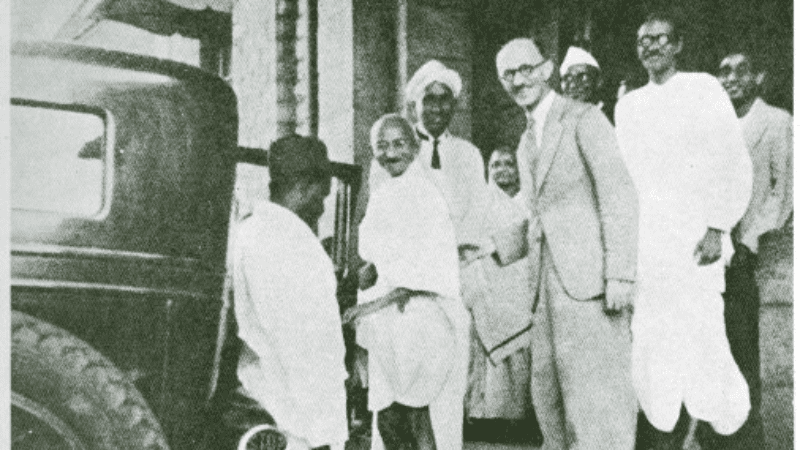

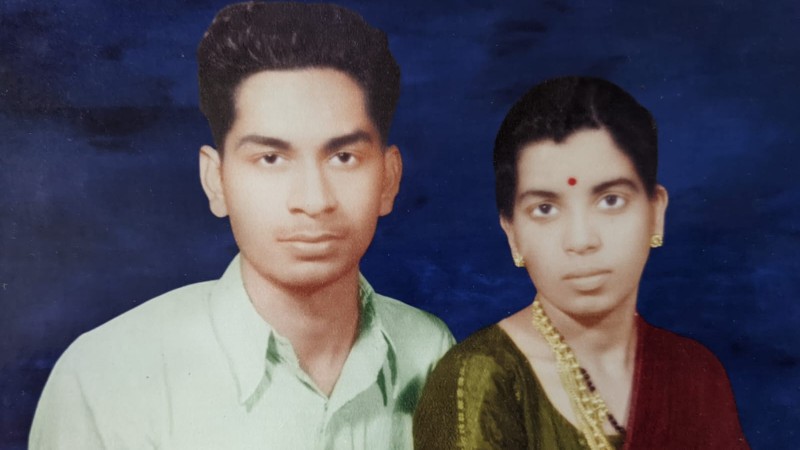
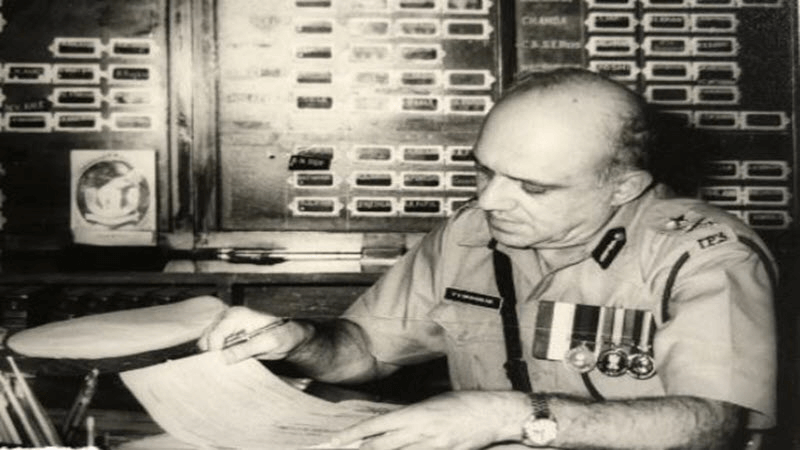
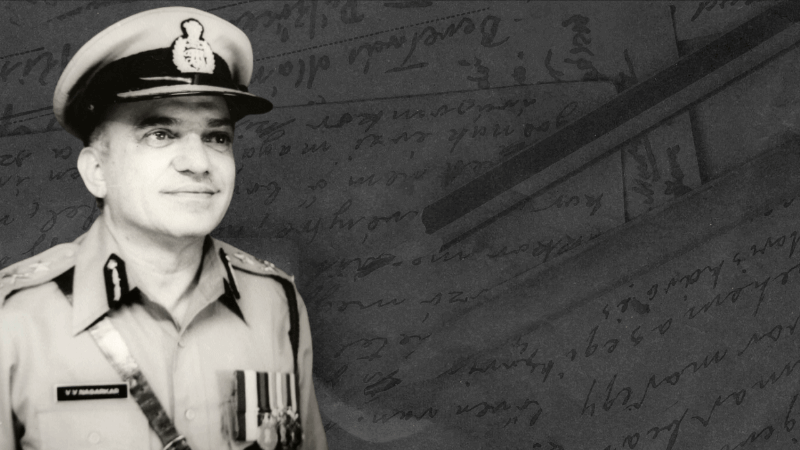
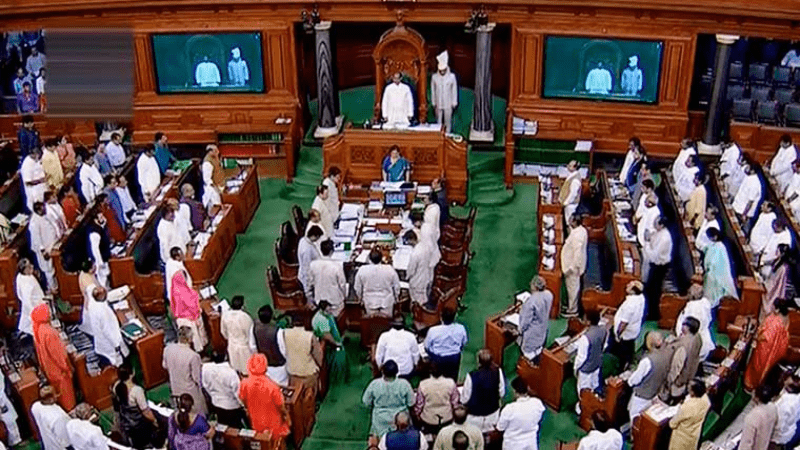

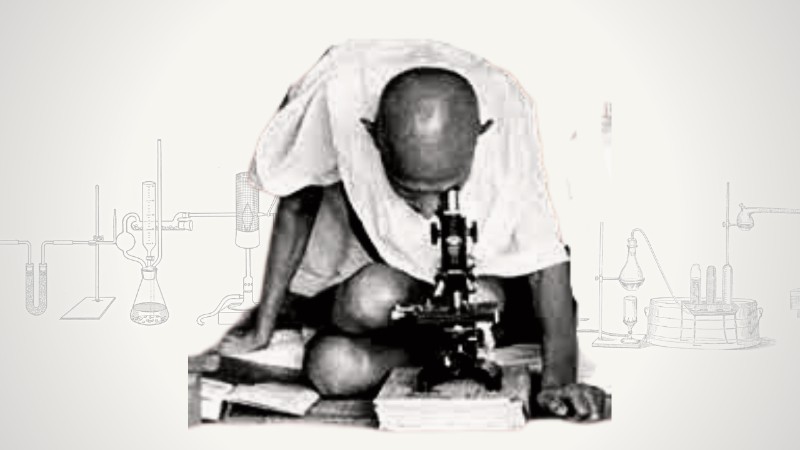
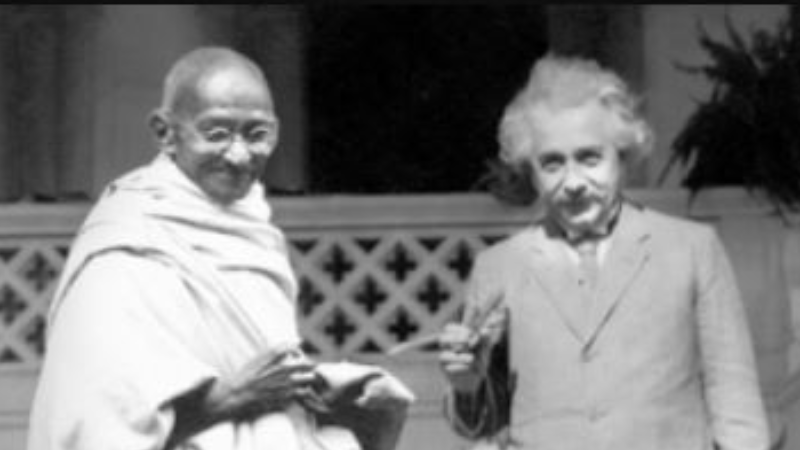
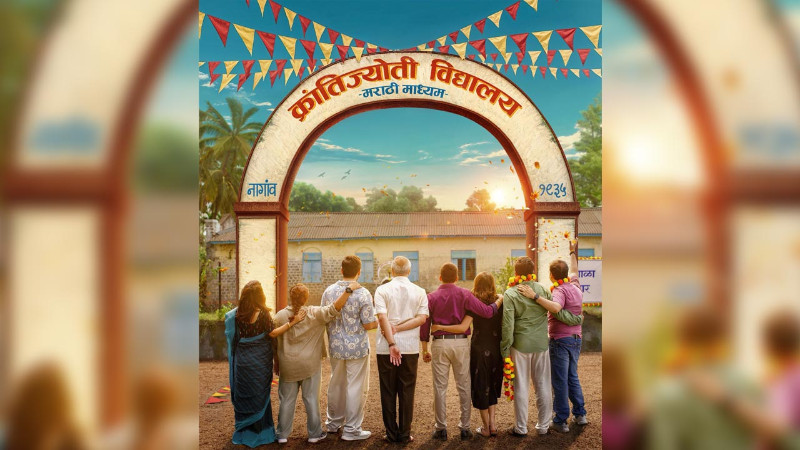
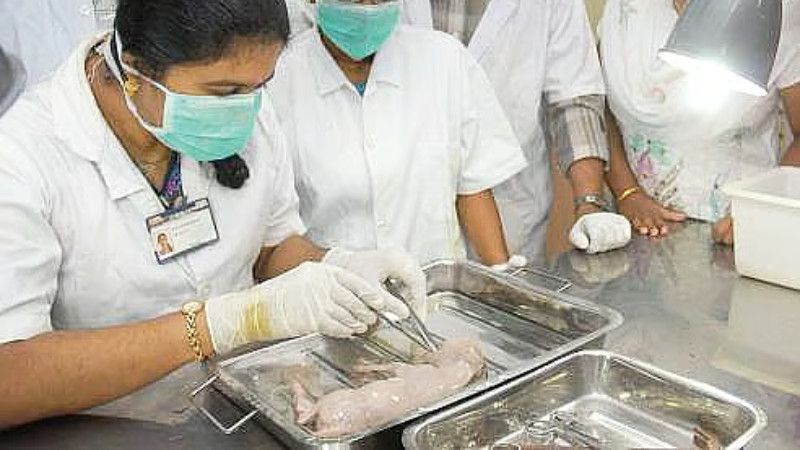
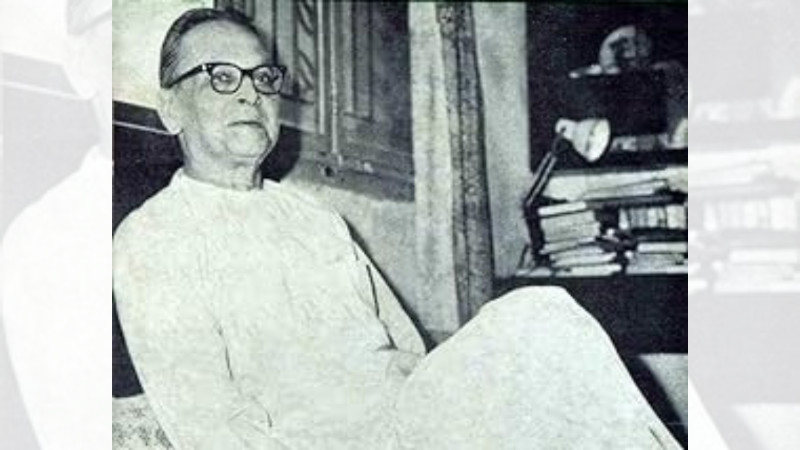
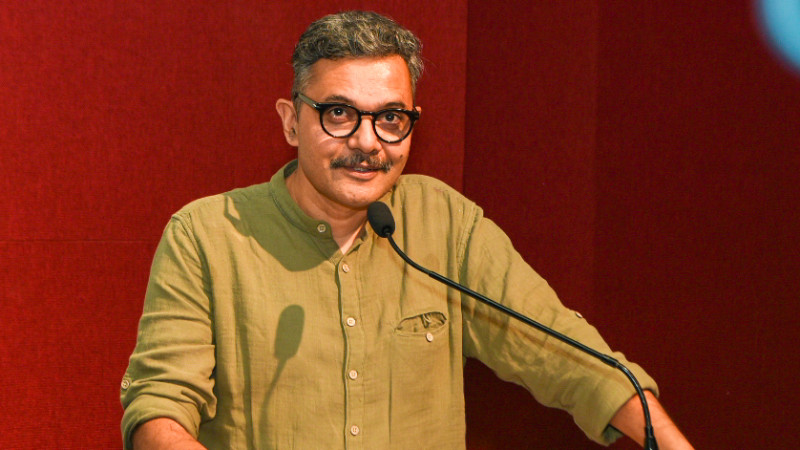
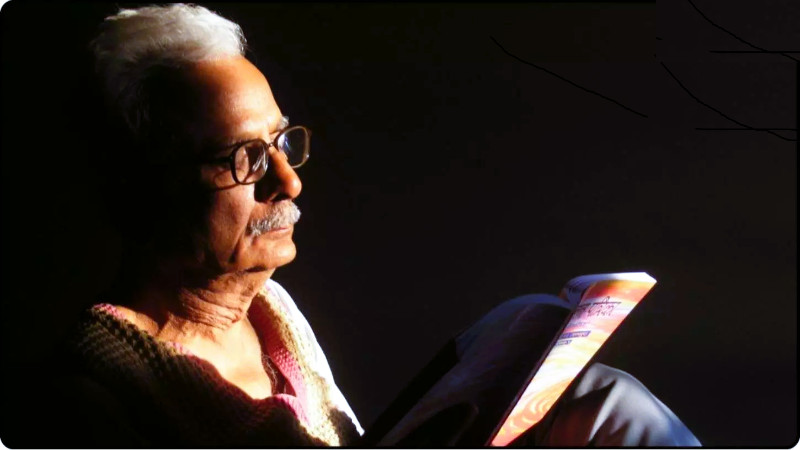
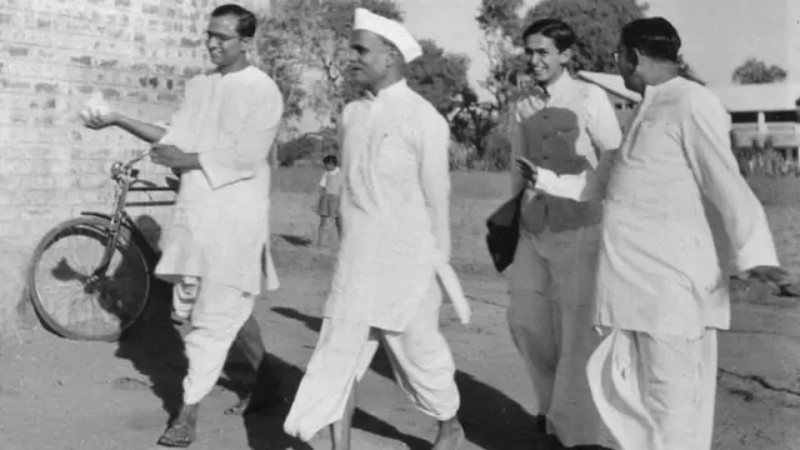
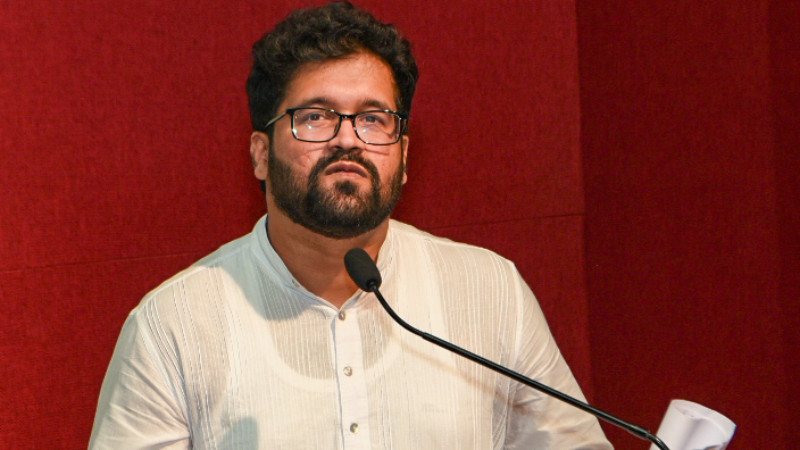
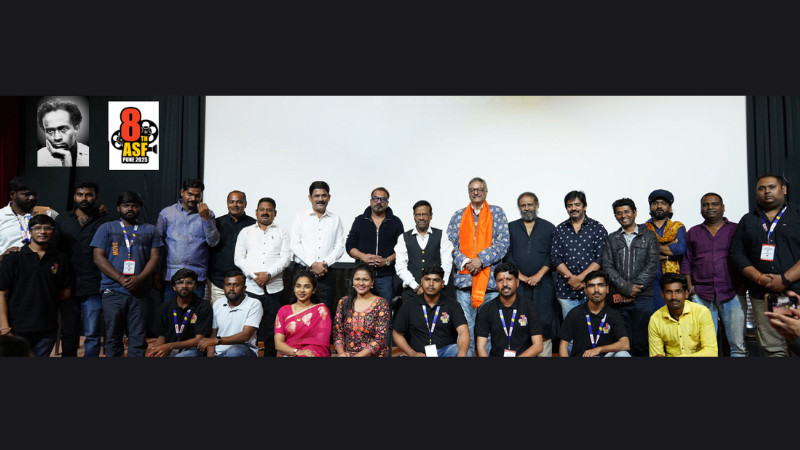

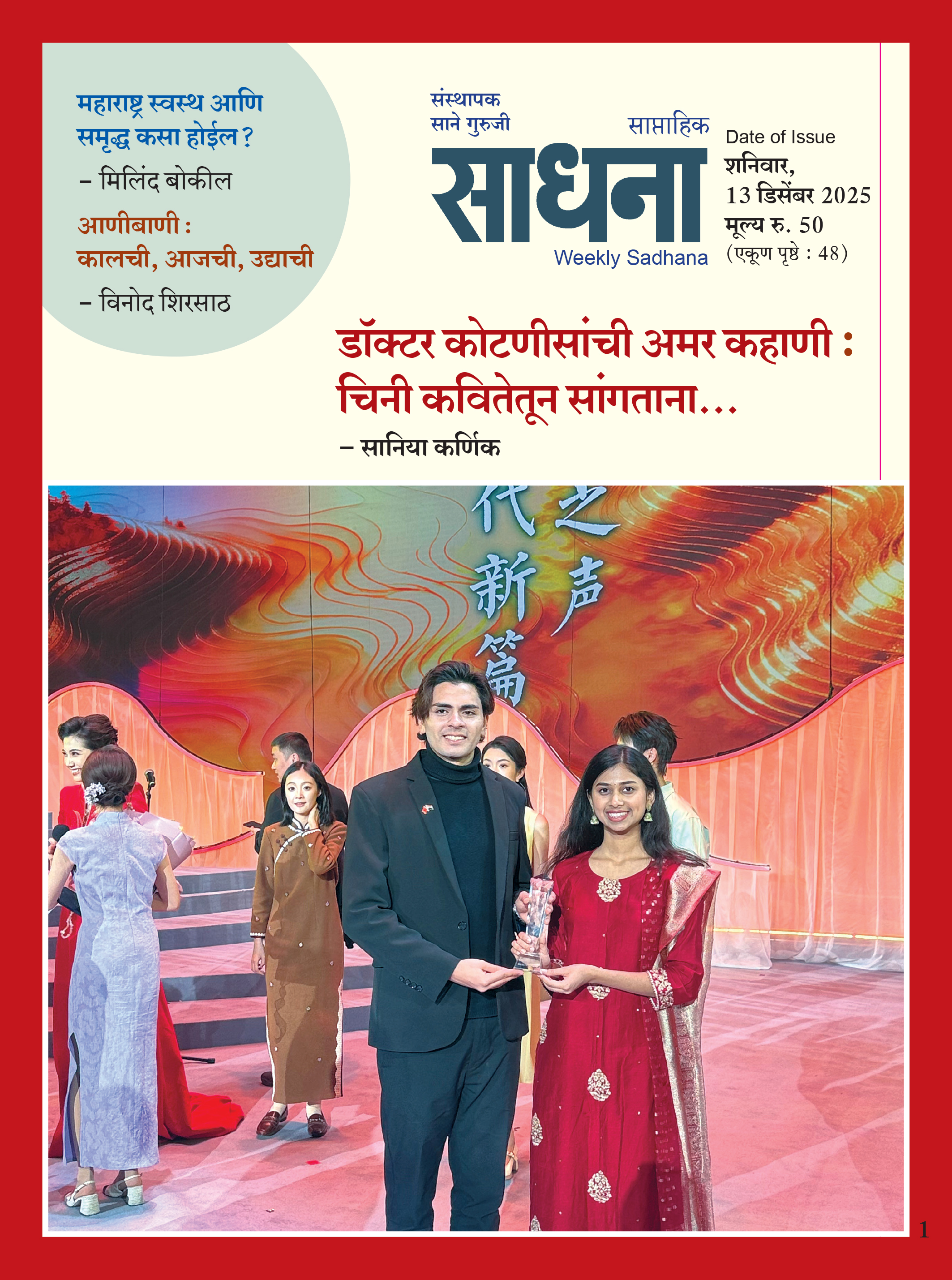













Add Comment